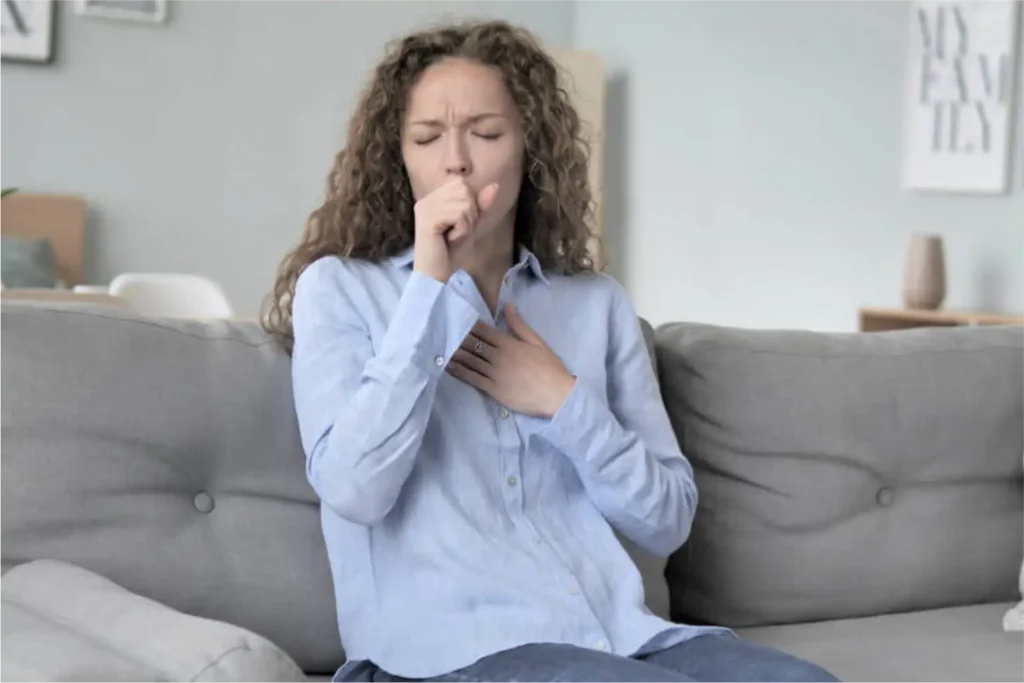
New York Legionnaires’ Disease: A Legionnaires’ disease outbreak in New York City’s Central Harlem has killed three people and sickened more than 60 since late July, health officials confirmed.
Here’s all that you need to know about Legionnaires’ Disease
What is Legionnaires’ disease?
The disease is a severe form of pneumonia caused by Legionella bacteria, which thrive in warm water sources such as cooling towers, showerheads, hot tubs, and plumbing systems. It does not spread from person to person but is contracted by inhaling tiny droplets of contaminated water.
Who’s most at risk for Legionnaires’ disease?
Anyone can get Legionnaires’ disease, but the risk is highest for people over 50, smokers, and those with chronic lung problems.
Also Read | Ultra-processed foods account for 55% of US calorie intake, says CDC
How did the recent outbreak of Legionnaires’ disease begin?
New York City investigators traced the outbreak to contaminated cooling towers, large water systems used to cool buildings. Eleven towers tested positive for Legionella bacteria but have since been cleaned and treated.
What are the symptoms of Legionnaires’ disease?
Symptoms usually appear two to 14 days after exposure and can include cough, fever, headaches, muscle aches, and shortness of breath.
Can Legionnaires’ disease be treated?
Health experts urge anyone experiencing the symptoms of Legionnaires’ disease to seek medical attention immediately, as prompt antibiotic treatment is highly effective. If left untreated, the disease can cause respiratory failure, shock, kidney damage, or multi-organ failure.
How to prevent Legionnaires’ disease?
Preventive measures include regularly cleaning and disinfecting cooling towers, maintaining adequate chlorine levels in pools and spas, flushing unused taps weekly, draining garden hoses, cleaning and replacing water filters according to manufacturer instructions, checking chlorine in pools and hot tubs, and flushing water heaters twice a year.








